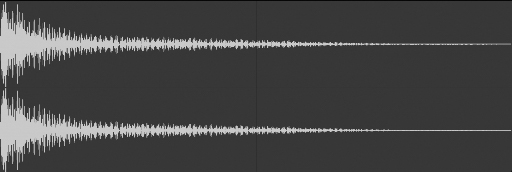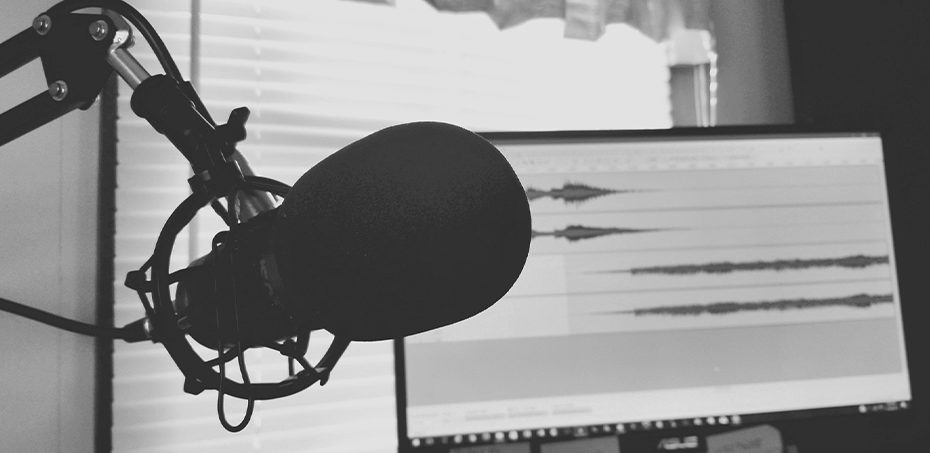Mono (short for monophonic) is a recording technique in which audio is recorded from a single microphone. During playback, the recorded signal is identical in both the left and right channel which gives us a completely centralised sound. This level of consistency provides solid foundations and is ideal for a number of elements in music production.
Why should I choose mono over stereo?
All mono sounds will be heard faithfully on both mono and stereo sound systems. This is an important aspect to remember if you want your music to be heard in nightclubs or other music venues. Many nightclubs will use mono sound-systems to reproduce the low frequency signals consistently throughout the venue.
If we were to make our sub frequencies stereo, the left and right channels are likely to be subjected to phase cancellation as each signal fights for room in the frequency spectrum. This results in a much weaker sounding sub frequency and furthermore, if this were to be played back on a mono sound system – there’s a chance the weaker of the two signals would be produced. Of course, this gamble can be completely avoided by utilising mono in the first place!

Which sounds should be in mono?
There are several elements in music production you should consider recording in mono, or later convert to mono within your DAW. As a general rule of thumb, music producers and recording artists would ensure their sub bass, individual vocals and kicks (to name a few) are mono. This eliminates the risk of phase cancellation and places the relevant sounds centrally and in turn, provides more room for sounds which benefit from being wider, like atmospheres and pads.
There are many arguments for whether particular sounds require mono or stereo treatment – for instance, the snare drum. This really boils down to personal preference and a keen ear. If you’d like more movement and humanisation then you may consider keeping the sound in stereo. Contrary to an individual vocalist being mono, multiple voices like a choir or backing vocals are generally always stereo to provide directionality, atmosphere and width.
How do I apply mono to a stereo signal?
Your DAW will be equipped with a utility which converts signals by taking either the left or right channel and reproducing it exactly to the opposing channel. Usually, you can choose which channel is replicated for the mono output – this can be useful if there is noticeable difference in the two original channels.
How do I test mono compatibility?
As mentioned earlier, there are various scenarios where music will be played on mono sound systems; so it’s important you know how your music will translate on such a system. Once you have located your mono utility plugin/tool, try engaging the mono setting and pay attention to how the outputted sound changes. If certain sounds in your mix are disappearing or becoming highly unnoticeable in mono mode, then it’s important to investigate these individual elements to determine if they are using excessive stereo imaging, overly-panned or even necessary at all.

Thanks for this! Nowhere else online explains fully what phasing issues actually are – now I understand. Great work, keep it up! FP.
No problem! Yes, phase cancellation is probably a better way of describing it. ~ David